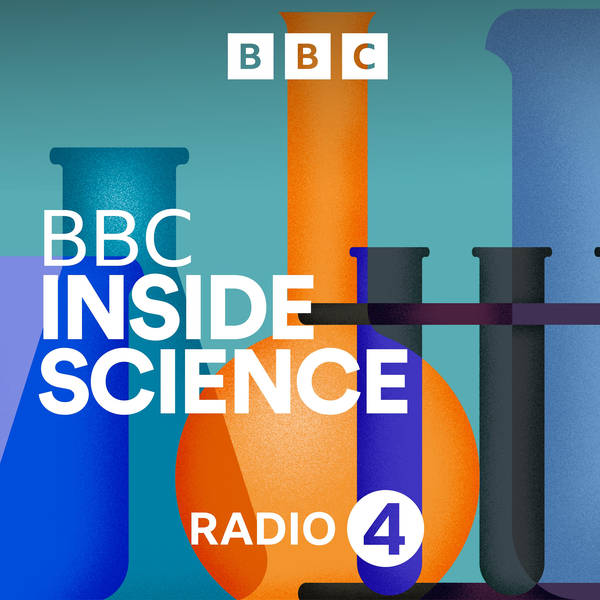
Prehistoric Strong Women, Semi-synthetic Life, Listener Feedback, Artificial Superintelligence
More than 5,000 years of heavy agricultural labour by women can be read from the bones found in ancient cemeteries from the Neolithic to Iron Age times. Cambridge University anthropologist Alison Macintosh compared the arm bone dimensions and strength of women from these times with those of modern female athletes such as runners to rowers. Her conclusion is that average upper body strength of women through the Neolithic to the Iron age times exceeded that of today's semi-elite female rowers.
A laboratory at the Scripps Research Institute have created a semi-synthetic bacterium with two new man-made genetic letters in its DNA, in addition to the natural four A, G, T and C. What's more, the engineered microbe can use its enhanced genetic alphabet to build synthetic amino acids into the proteins it makes. Chemist Floyd Romesberg talks to Adam Rutherford about what we can learn from his team's extraordinary feat of synthetic biotechnology, what we might gain from it and why, in his opinion, we've no need to be worried.
Adam deals with some of your correspondence on axolotls by talking to laboratory salamander breeder Randal Voss at the University of Kentucky. He also notes listeners' comparisons of the recent visit by interstellar asteroid Oumuamua with the alien vessel in Arthur C Clarke's 'Rendezvous with Rama'.
Cosmologist and AI researcher Max Tegmark visits BBC Inside Science to discuss the possibility of artificial intelligence machines with super-intelligence and how humanity should be preparing for their advent.
Producer: Andrew Luck-Baker.
